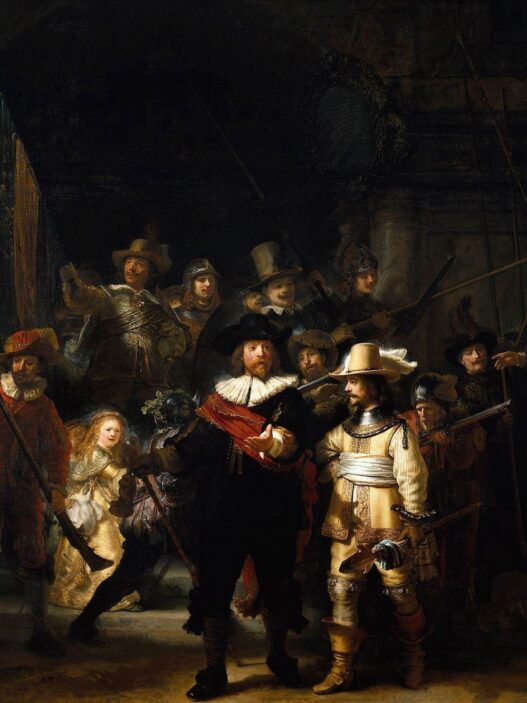Impressionism, a revolutionary art movement that emerged in the late 19th century, forever changed the course of art history. At dailyart.news, we explore the profound impact of this movement, highlighting key artists, iconic works, and the enduring legacy of Impressionism.
The Origins of Impressionism
Impressionism began in France in the 1860s, challenging traditional artistic conventions. The movement derived its name from Claude Monet’s painting “Impression, Sunrise” (1872), which critics initially mocked. However, these artists, including Monet, Pierre-Auguste Renoir, and Edgar Degas, embraced the term, celebrating their unique approach to capturing light and movement.
Key Characteristics of Impressionism
Impressionism is characterized by its focus on light, color, and everyday subjects. Artists often painted en plein air (outdoors), capturing scenes of urban life, landscapes, and leisure activities. Key features of Impressionist art include:
•Light and Color: Emphasis on the changing qualities of light and the use of pure, unmixed colors, often employing a technique known as “broken colors,” where dabs of paint are applied side-by-side to let the viewer’s eye blend them, creating a vibrant, shimmering effect. This approach captured the fleeting moments and the play of light on surfaces.
•Brushstrokes: Loose, visible brushstrokes that convey movement and spontaneity. This technique allowed artists to quickly capture the essence of a scene without focusing on fine details.
•Everyday Scenes: Depiction of ordinary moments, from bustling cityscapes to tranquil countryside settings. Impressionists often painted subjects that were considered mundane, elevating them to the status of fine art.
Iconic Impressionist Artists
Claude Monet
Known for his series of water lilies and haystacks, Monet’s work exemplifies the Impressionist fascination with light and its effects on the environment.

Pierre-Auguste Renoir

Renowned for his vibrant and joyful scenes, Renoir captured the essence of social life, often painting gatherings and celebrations.
Edgar Degas
Famous for his dynamic compositions of ballet dancers and everyday life, Degas explored movement and the human form with a keen observational eye.

Camille Pissarro

As a central figure in the Impressionist movement, Pissarro’s landscapes and cityscapes are celebrated for their atmospheric qualities and vibrant colors.
The Initial Reception of Impressionism
When Impressionism first emerged, it faced significant criticism and controversy. Traditional art critics and institutions, such as the Académie des Beaux-Arts in Paris, dismissed the movement as incomplete and unrefined. Critics ridiculed the artists for their unconventional techniques and subject matter, labeling their work as “unfinished” and “childish.” Despite this initial backlash, the Impressionists persisted, organizing independent exhibitions that gradually garnered public interest and support.
The Impact and Legacy of Impressionism
Impressionism had a profound impact on the art world, paving the way for subsequent movements such as Post-Impressionism and Modernism. The techniques and philosophies of Impressionism inspired future generations of artists, encouraging them to experiment with new styles and approaches.
Today, Impressionist works are celebrated in major art museums worldwide, including the Musée d’Orsay in Paris, the Metropolitan Museum of Art in New York, and the National Gallery in London. The movement’s influence extends beyond visual art, inspiring literature, music, and even film.
Conclusion
Impressionism continues to captivate art lovers with its innovative approach and timeless beauty. This transformative movement not only changed how we perceive art but also how we experience the world around us. By delving into the lives and works of these pioneering artists, we gain a deeper appreciation for their vision and the revolutionary spirit that drove them. Impressionism’s influence remains strong, inspiring new generations to see and interpret the world in vibrant, dynamic ways. The legacy of these artists endures, reminding us of the power of creativity to transcend time and transform our perspectives.




















